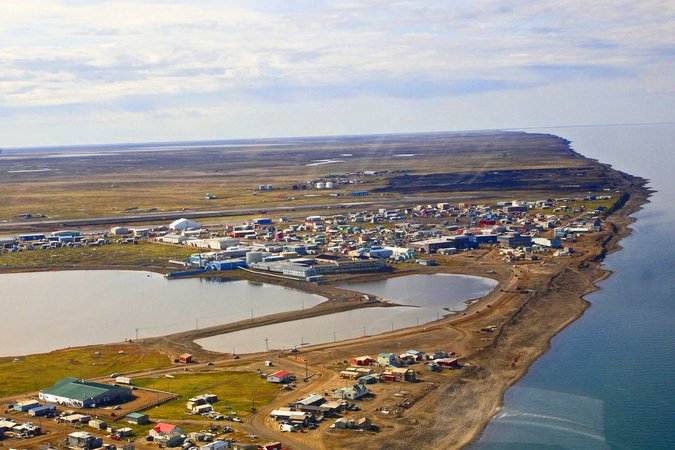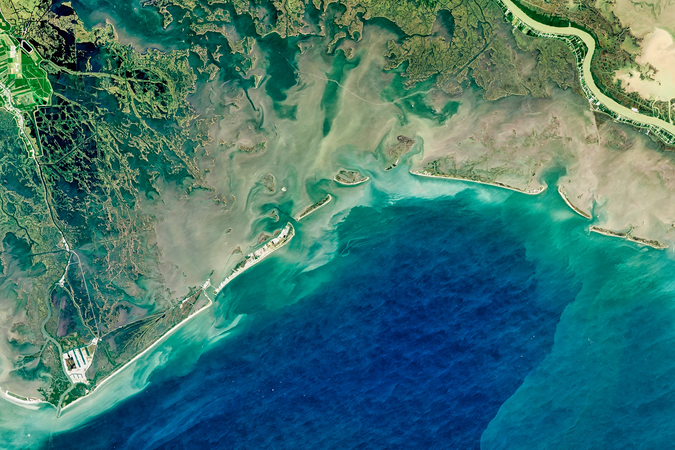Video Explainer: Introducing the VALUABLES Consortium Impact Assessment Framework
How can the societal benefits of information like satellite data be measured?
Video Transcript
Satellite information is often used to make decisions that help people and save money. But how can the scientists who produce this information measure its value in terms of its benefits to society, like lives or dollars saved?
Take this harmful algal bloom at a lake. New satellite data showed officials that a harmful algal bloom was forming. They announced that the lake wasn’t safe for swimming, which prevented people and pets from getting sick. But what if they hadn’t had this information?
If officials had relied on their usual method of sampling the water by hand, they wouldn’t have detected the harmful algal bloom in time, risking the community’s health. Comparing these two scenarios helps us estimate how beneficial this information is for decisionmaking.
Researchers can measure how information helps society using an impact assessment framework that considers available information, actions by decisionmakers, and outcomes for people and the environment. Let’s see how it works in the case of the harmful algal bloom.
The impact assessment framework compares two scenarios. In the first scenario, new satellite data are available. Based on these data, officials close the lake. And people don’t get sick.
In the alternative scenario, officials didn’t have the satellite data. Without that information, they would not close the lake. And people would get sick.
The difference between these two outcomes allows us to calculate the benefit of the satellite data, which in this case includes the healthcare costs and missed work days this community avoided.
We can use the impact assessment framework to measure the value of many different forms of information. Learn more at rff.org/valuables.






